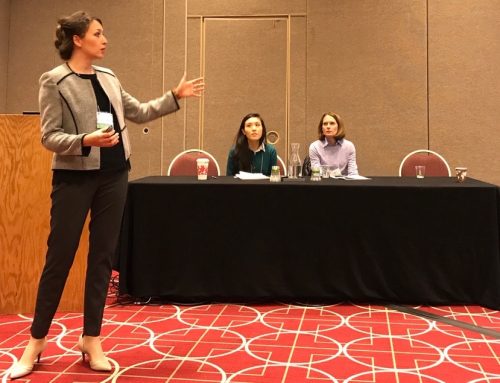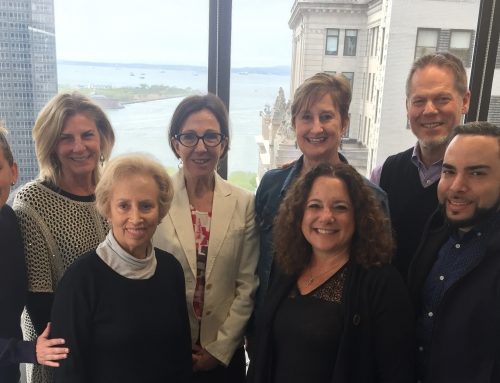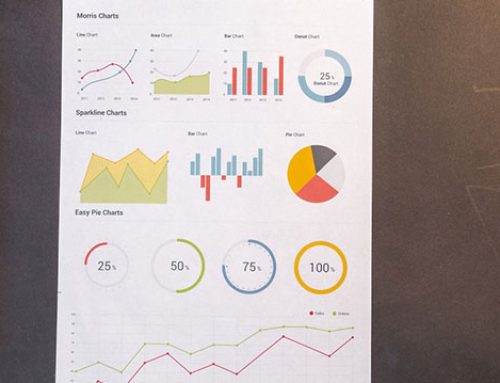
Image from CNN.com
By Aaron Schonhoff, Research and Evaluation Associate
Statistics as seen through American politics.
Wow. What a month it has been for American politics. It is hard to even know where to begin. First, Melania Trump Rickrolled the entire country to kick-start the party convention season. Then, Ted Cruz got booed off the stage for not endorsing Donald Trump, a move practically unheard of in these modern times where conventions are typically little more than party infomercials. To cap off the RNC Donald Trump did his thing and accepted the Republican nomination. The speech apparently went well as seemingly every poll that emerged the days that followed the Republican convention showed Trump taking the lead.
Not to be out done, the Democrats had a decent number of protesters outside their convention, a few “Bernie” chants sprinkled around inside the convention, and a good bit of booing of their own before nominating the first female candidate for a major American party in Hillary Clinton. Her speech also apparently went rather well as the very latest polls have her up on Trump.
While this volatility in the polls makes for a great “punch” and “counter-punch” narrative for the pundits, it is likely to cause unnecessary panic or celebration among the generally public who find themselves following the action. This elation/dismay is by and large unnecessary. Should you find yourself, your co-workers, or your friends flustered over the latest poll over the coming days/month, have yourself/them take a deep breath and walk away from the polls for a bit.
Here is why:
In their book Timeline of Presidential Elections: How Campaigns Do (and Do Not) Matter Robert Erikson and Christopher Wlezien looked at every election between 1952 and 2008. In examining the relationship between polls and the final result through the course of the election year is that polls have very little predictive power at the start of the year. Over the course of spring the picture comes into focus, a little. But it is not until after August that polls really become strongly predictive of the final outcome.
Furthermore, Sam Wang of Princeton University shows here how accurate polling tends to be throughout the year. This article is a bit stats heavy, so bear with me, but if you look at the table below you will notice across every column that the numbers shrink between January and March, then they grow larger heading into the summer before finally shrinking again. To summarize what this tells us, polls predictive power becomes less so during the summer months with the highest level of predictive power coming after labor day.

Finally, forecasting models built to predict the probability of electoral success, such as those created by Nate Silver’s 538 politics site, recognize the volatility around the time of conventions. Often, to keep their forecasting models accurate polls taken around the time of conventions are “adjusted” to prevent them from causing the forecasting model to overreact to polls that will not accurately reflect the race.
So again, take a break from the polls. In fact, take a break from politics if you can manage it. You deserve it, we deserve it. In comparison to other western democracies, such as Britain where election season is measured in mere weeks, the American political season is a long and grueling battle of attrition. If you find you simply cannot pull yourself from politics perhaps take some time to familiarize yourself with your local representatives and the local issues. Those races will matter more to your day-to-day anyway.






Leave A Comment